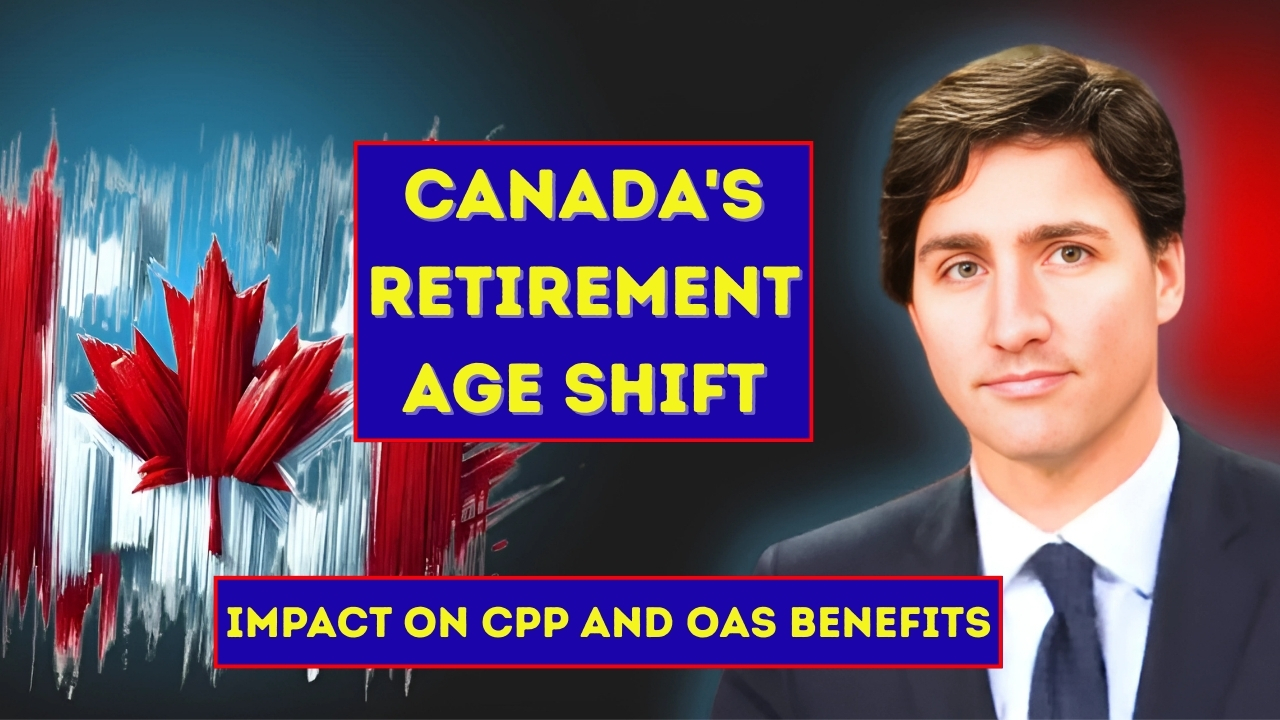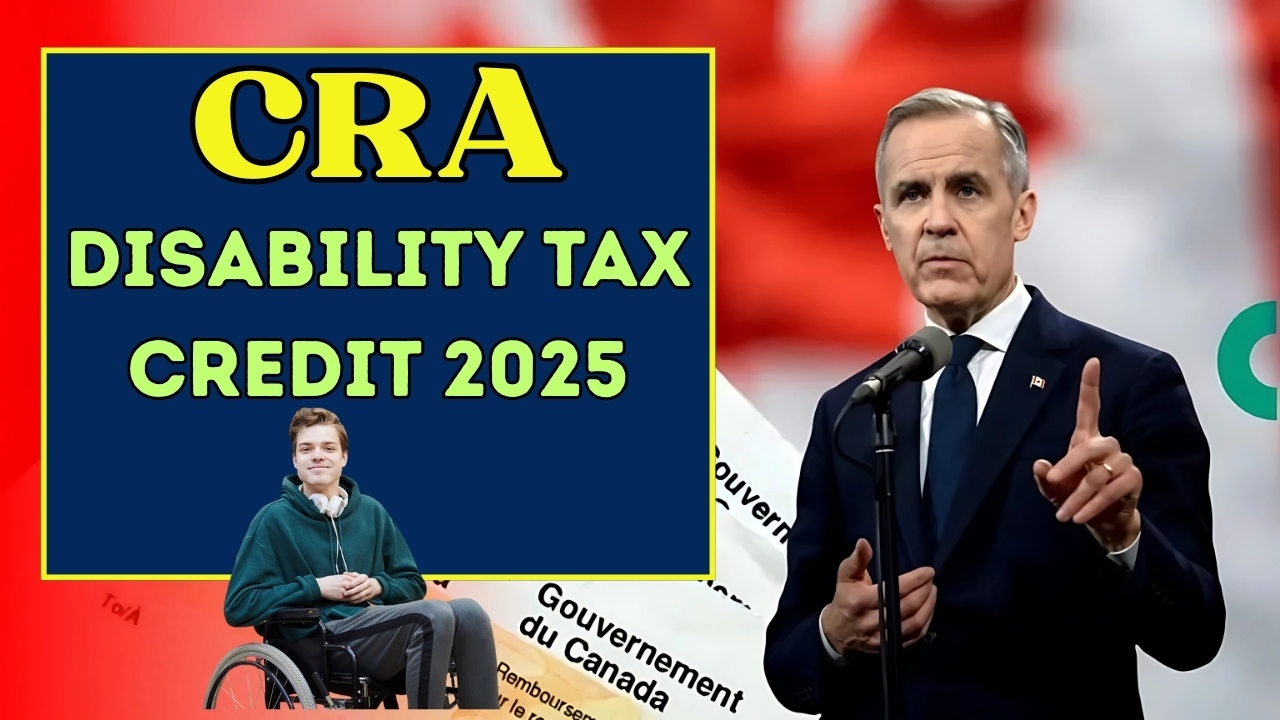Canada’s imminent recalibration of retirement eligibility heightens scrutiny of CPP and OAS sustainability, with opinions both sharply entrenched and wide-ranging.
By gradually advancing age thresholds for accessing benefits, departments aim to redistribute fiscal burdens caused by demographic and economic change, yet critics contend the move could exacerbate hardship for lower-income workers and those with variable life courses.
Public consultations, ministerial speeches, and an avalanche of civil-society commentary foreground the tension between macro-stability and micro-plight, effectively naming the rendezvous.
Policymakers invoke a crunched intersection of demographic and actuarial convergences, among them an upward trajectory in life expectancy, a persistent incidence of rising acute and chronic health costs, and glower-weight fiscal arithmetic.
While the OAS scheme, instituted in a period of distinctly different mortality and fertility assumptions, reinforced a compact, nowadays a claimant’s lifespan averages an extra decade or so, eroding basic actuarial margins. CPP actuaries emphasize that the financial architecture—mandatory premiums and compound investment discipline—has so far affixed the plan to solvency; yet the ominous decline of the worker-to-retiree ratio portends an eventual fiscal divergence.
For Canadians approaching retirement, a gradual rise in Old Age Security (OAS) eligibility, moving from age 65 to 67, can compress already tight planning horizons. The cohort that expects to rely predominantly on OAS would confront a two-year interim in which public income is absent. In the interim, options narrow to securing continued employment, liquidating personal savings, or, in the worst scenario, relying on already inadequate social assistance.
Financial planners emphasize that retirees on the bottom end of the income spectrum face the sharpest penalties; unlike their wealthier counterparts, many of whom possess generous workplace pensions or substantial investment portfolios, lower-income seniors frequently lack the discretionary savings needed to supplement the gap.
Proponents of the reform, however, cite the Canada Pension Plan (CPP) design as a precedent. Participants possess the discretion to commence CPP benefits anytime from age 60 onwards, with a corresponding actuarial reduction, or to defer receipt until age 70 for an enhanced annuity.
By that logic, extending the OAS eligibility threshold would harmonize with existing flexibilities, nudging older workers to stay in compulsory or voluntary employment for a longer horizon, thereby enlarging their financial advantage at retirement. Supporters contend the shift would reinforce labour supply and enhance individual retirement security.
Yet the fairness of recalibrating the retirement age on the sole basis of aggregate life-extension statistics is a contested proposition. Observers emphasize that many Canadians toil in occupational settings marked by intensive physical strain, including construction, caregiving, and manufacturing, where the capacity to prolong labour past the age of 65 is highly constrained.
Moreover, pronounced health disparities across income gradients imply that lower-income workers typically face truncated life expectancies and never receive the piled-up benefits of the postponed OAS adjustment.
Political and Public Response
Efforts to increase the Old Age Security eligibility age have repeatedly encountered stiff resistance, reflecting widespread anxiety about perceived equity gaps across income and demographic lines. Past proposals to advance the age to 67 were shelved in the face of this opposition, suggesting that the matter remains a highly sensitive political fault line. Party platforms continue to polarise along the axis of fiscal restraint, on the one hand, and the imperative to shield economically vulnerable seniors, on the other.
Public sentiment appears to coincide with that political cleavage. A significant segment of the population acknowledges the long-term budgetary pressures that might require policy adjustment, yet an equally large cohort interprets any earlier age as a reneged undertaking—an arbitrary alteration of the finish line long after contributions have been tallied.
Preparing for the Future
Analysts concur that, whether the age adjustment is enacted or deferred, individual Canadians should adopt a forward-looking stance. Reliance on the Canada Pension Plan and Old Age Security alone is growingly viewed as inadequate for sustaining the level of comfort and autonomy anticipated in retirement. The prevailing guidance encourages younger employees to engage in strategic diversification of retirement savings by fully exploiting Registered Retirement Savings Plans and Tax-Free Savings Accounts, thus assembling a buffer that could absorb potential policy shocks.
CPP and OAS Benefits
As legislators revisit the retirement-age threshold, the final judgement will probably be shaped less by numerical projections and more by clashing frameworks of justice, personal autonomy, and collective accountability. The challenge , therefore, remains to craft a rule that balances the government’s fiscal ledger and the legitimate expectations of Canadians—while treading the narrow path between incremental reform and the formidable weight of political opposition.
No matter if there will be reform or a continuation of existing policy, what stands out is the discussion’s reflection of a broader demographic fact: the sheer scale of the nation’s aging population and the array of consequential options that now confront it.








